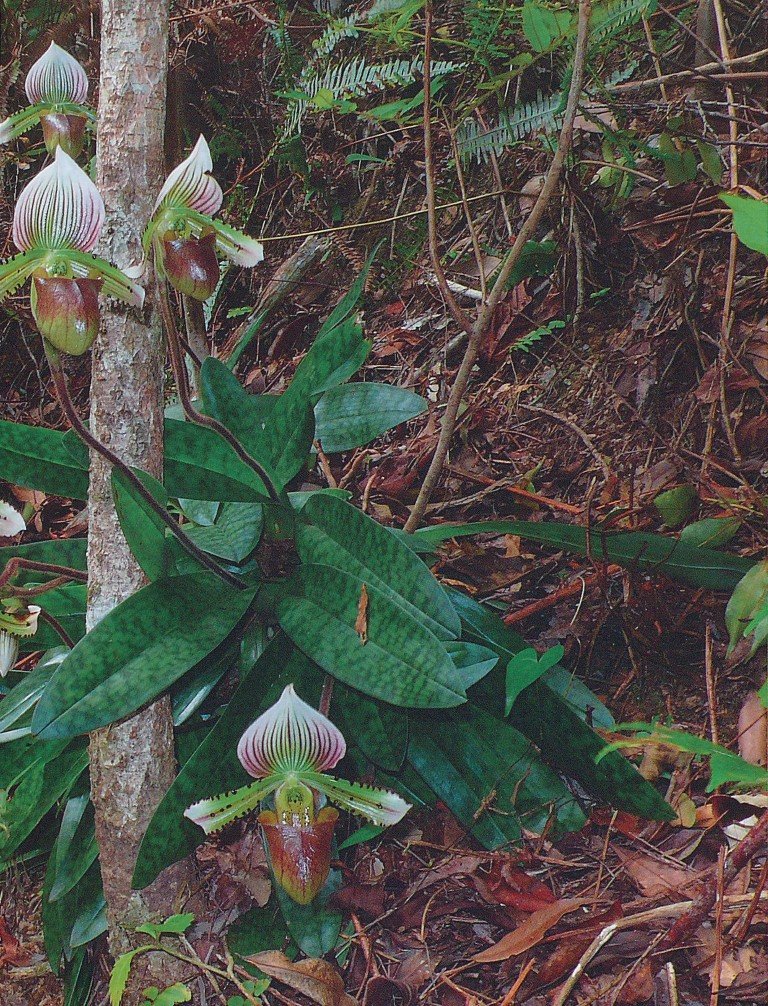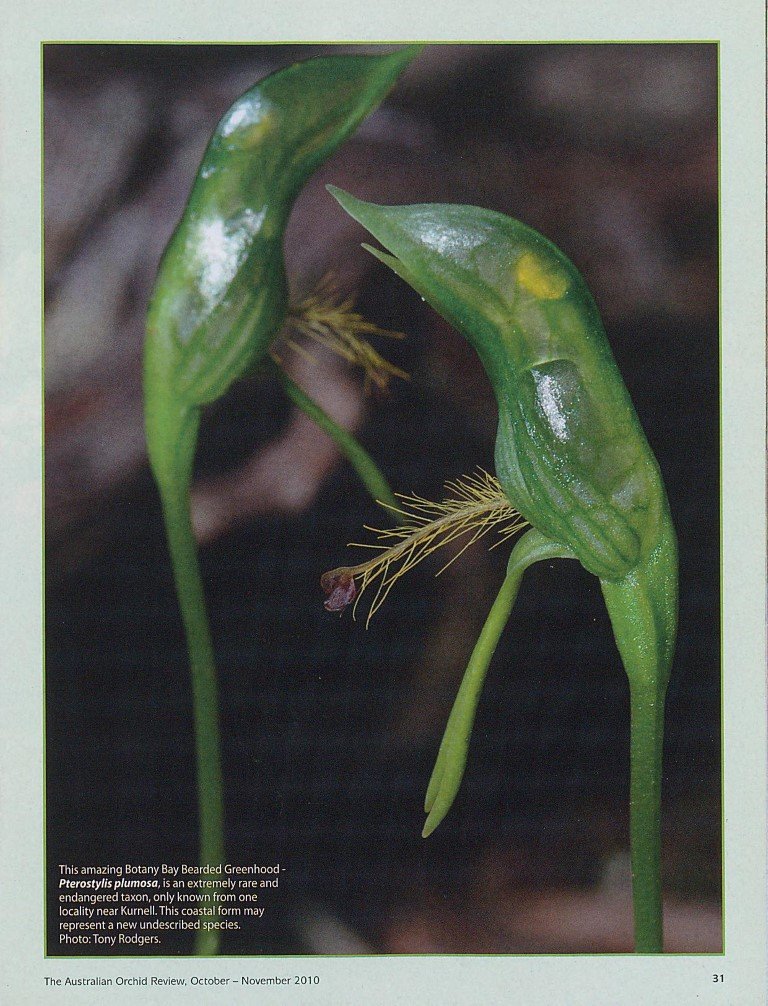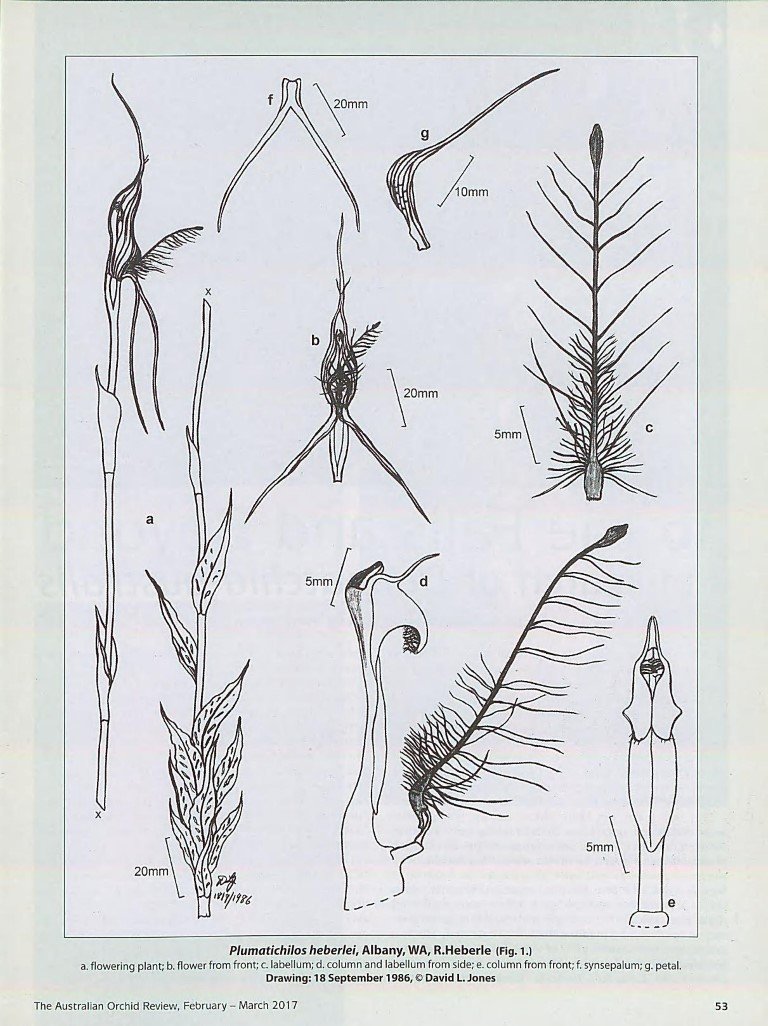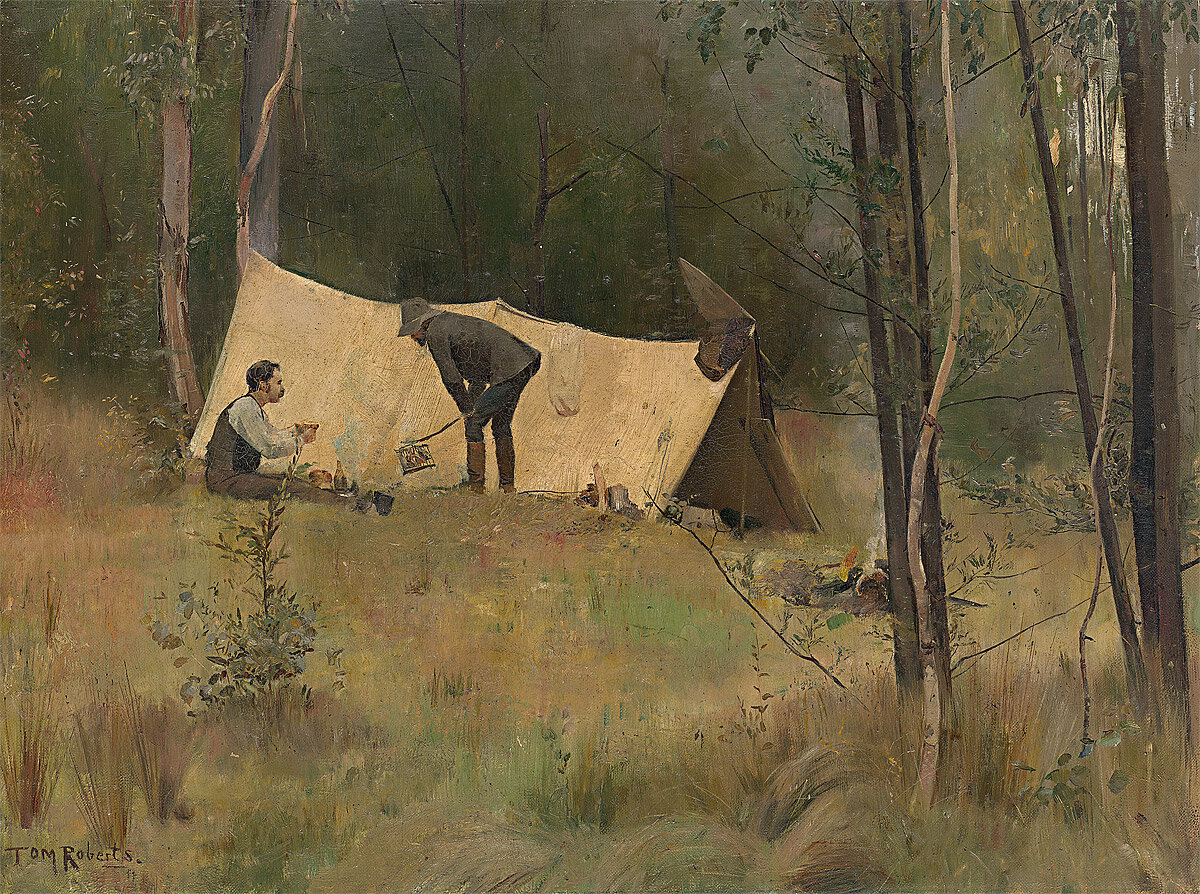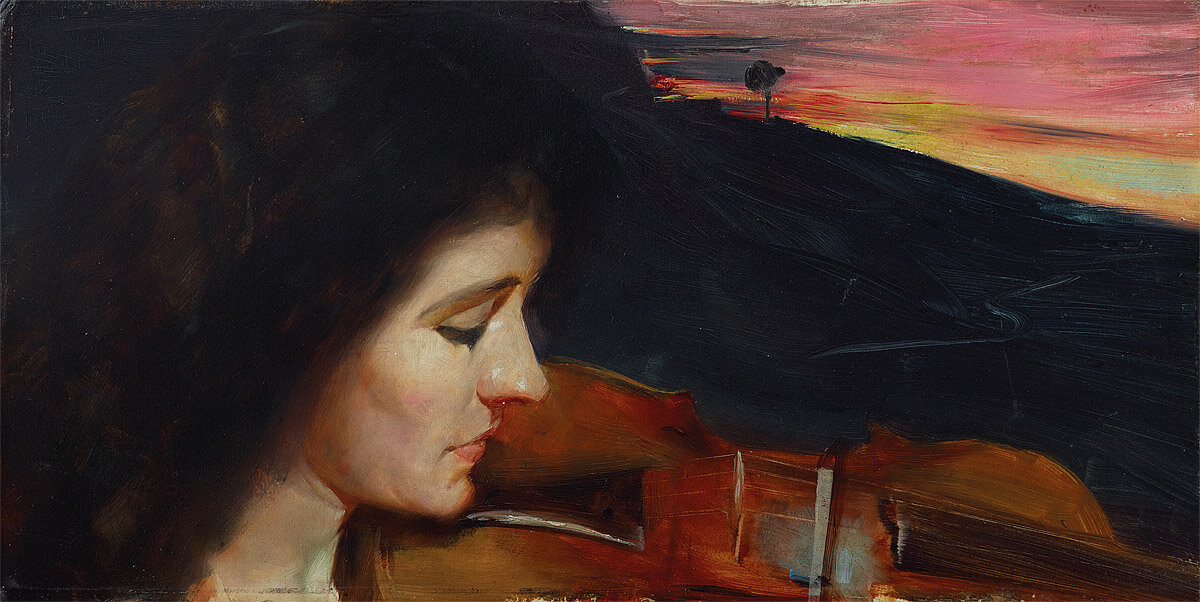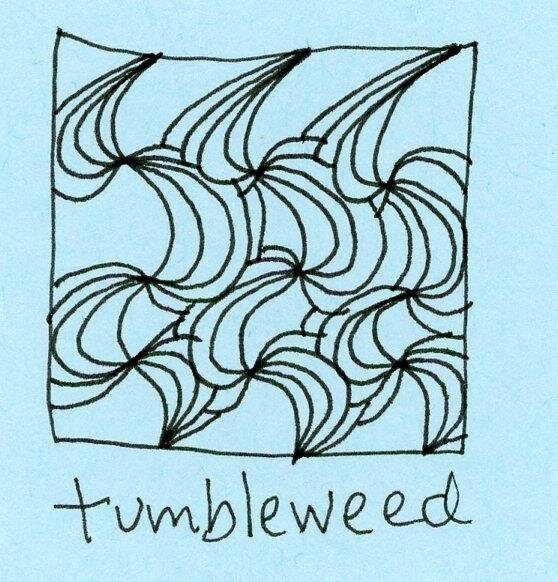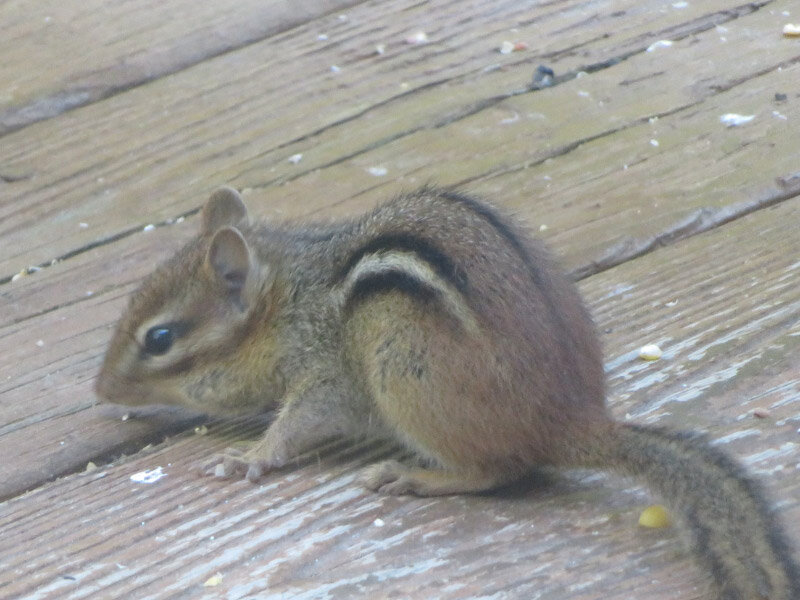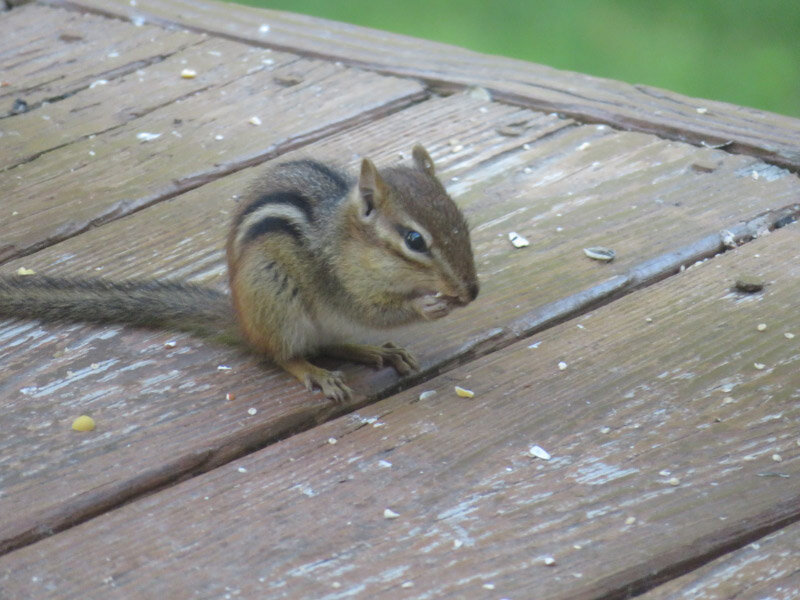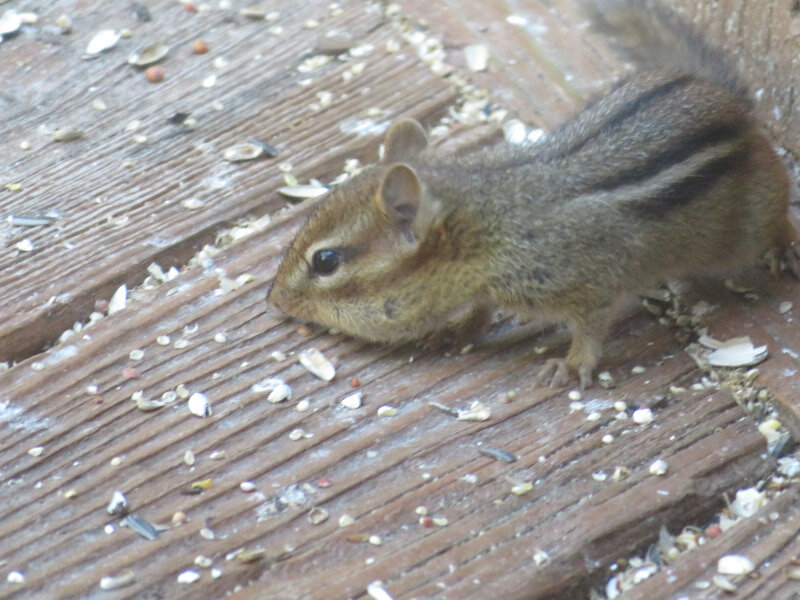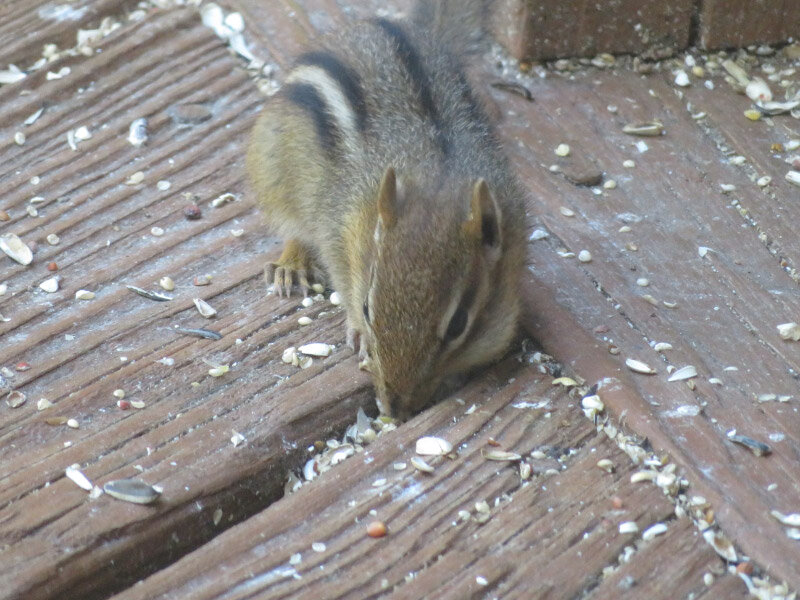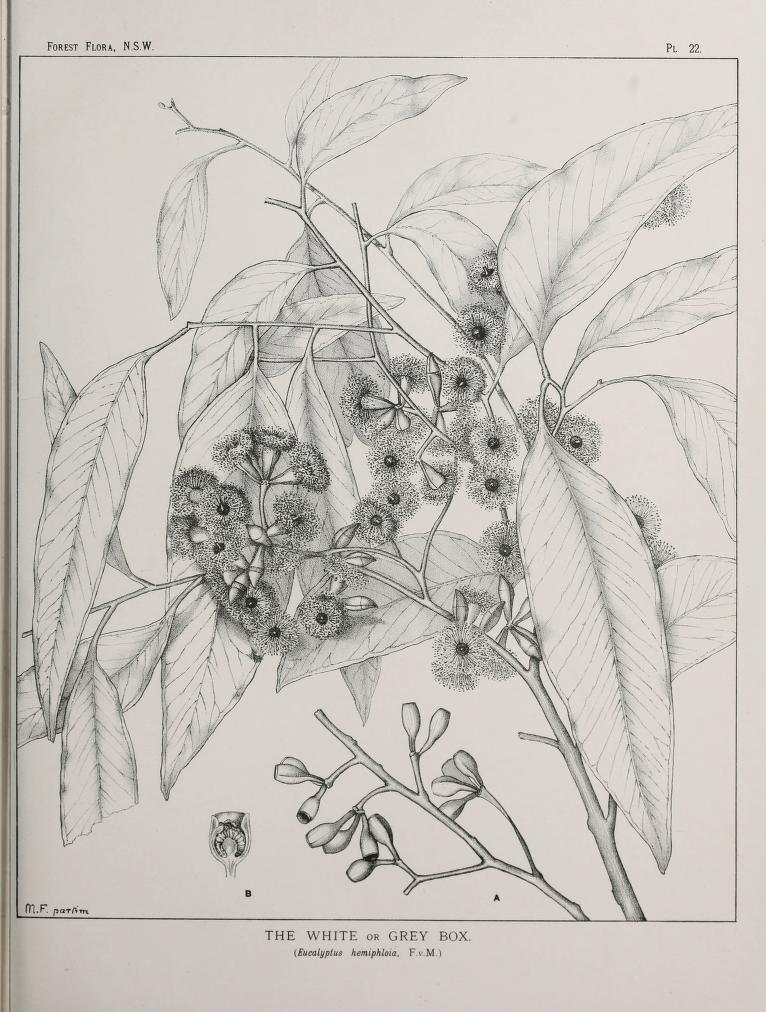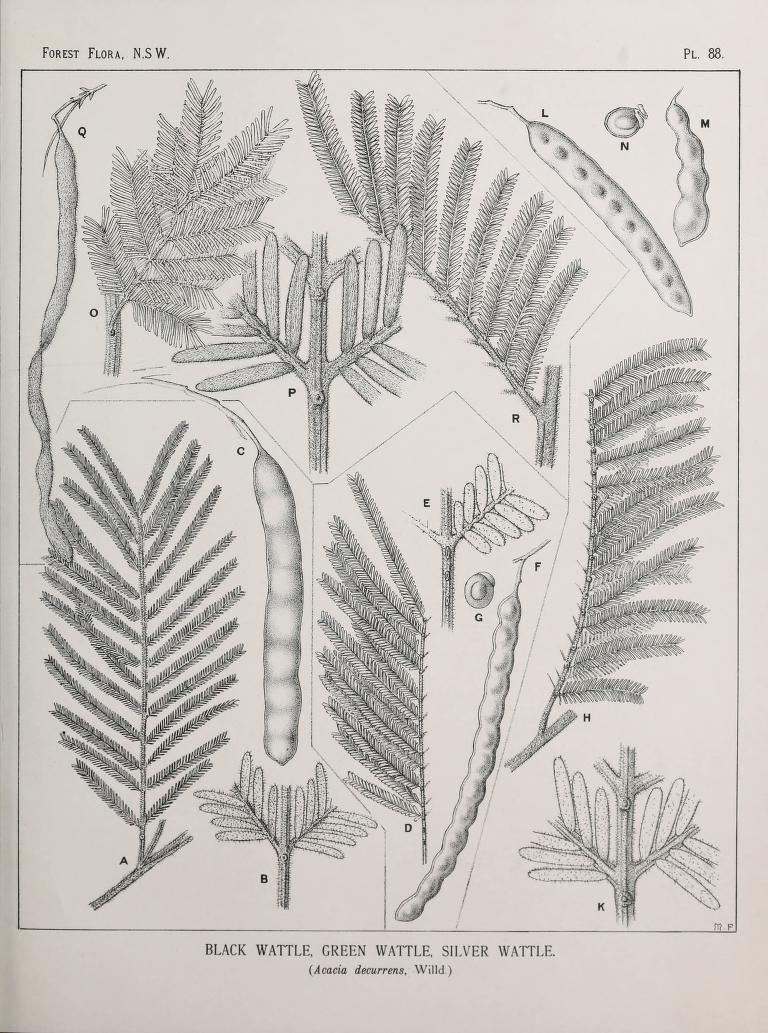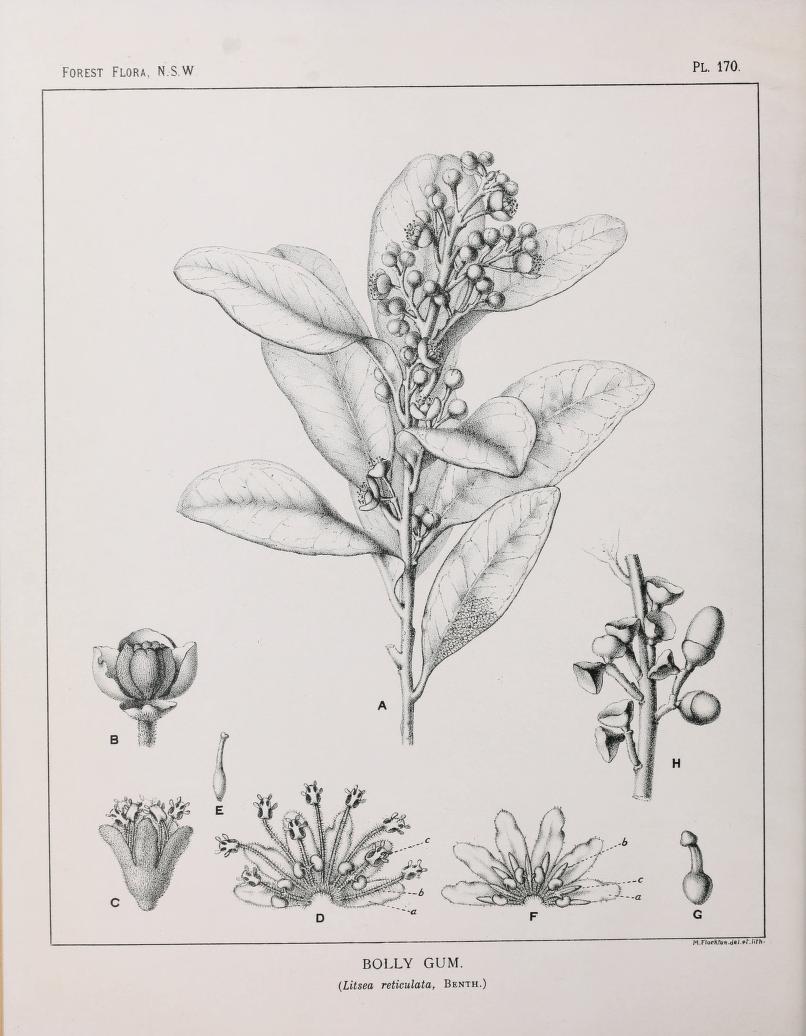Gleanings of the Week Ending February 8, 2025
/The items below were ‘the cream’ of the articles and websites I found this past week. Click on the light green text to look at the article.
Frank Lloyd Wright’s Only Skyscraper to Be Sold for $1.4 Million After Legal Saga – Hopefully the power gets turned back on right away and the conservation of the building starts.
Under Colonial-Era Barracks Floorboards in Australia – Peanut shells, peach pits, citrus peel, hazelnuts….hiding the remains of treats from the authorities.
Experts Are Unraveling the Mysteries of This Breathtaking 2,000-Year-Old Mosaic Depicting Alexander the Great in Battle – The mosaic comes from the ruins of Pompeii and was discovered in 1831. It is housed in the National Archaeological Museum of Naples. Conservation work started in 2020. The mosaics tesserae rocks could have come from Italy, Greece, the Iberian Peninsula and Tunisia.
Mt. Washington Cog Railway Goes Electric! - Engineering students from the University of New Hampshire are working alongside the Mt. Washington rail staff to develop an all-electric locomotive, with help from robotic welding systems. It will be the world’s first entirely battery-powered mountain-climbing electric vehicle.
As Oceans Warm, Predators Are Falling Out of Sync with Their Prey - Warning signs are beginning to be observed in marine ecosystems planetwide, from herring and zooplankton in the North Sea, to sardines and bottlenosed dolphins in the Southern Ocean, to — along with striped bass — baleen whales and menhaden in the northwest Atlantic.
Meet the Channel-billed Cuckoo, the World’s Largest Brood Parasite - They’re the size of a raptor, with broad wings, a long, trailing tail, and a honking great bill reminiscent of hornbills or toucanets. Their plumage is a light grey, with thick black and white banding on the tail feathers. And their eyes: large, beady, blood-red, surrounded by a strawberry-colored ring of bare skin.
Noise as a Public Health Hazard - Cities in Europe and the United States are starting to map noise levels to understand where dangerous sound levels exist and how to better protect people living and working nearby.
Atop the Oregon Cascades, team finds a huge, buried aquifer - Scientists have mapped the amount of water stored beneath volcanic rocks at the crest of the central Oregon Cascades and found an aquifer many times larger than previously estimated -- at least 81 cubic kilometers. The finding has implications for the way scientists and policymakers think about water in the region -- an increasingly urgent issue across the Western United States as climate change reduces snowpack, intensifies drought and strains limited resources.
Carbon Dioxide Levels Rose by a Record Amount Last Year - Last year saw the biggest one-year jump on record for the past 60 years, with carbon dioxide levels rising by 3.58 parts per million. Increasingly severe heat and drought mean that trees and grasses are drawing down less carbon dioxide than in the past, while desiccated soils are also releasing more carbon back into the atmosphere. Conditions were particularly poor last year owing to a very warm El Niño which fueled hotter, drier weather across much of the tropics. The forecast is for a smaller jump in carbon dioxide levels in the coming year because the Pacific is now in the La Niña phase.
Floods linked to rise in US deaths from several major causes - Over the last 20 years, large floods were associated with up to 24.9 percent higher death rates from major mortality causes in the U.S. compared to normal conditions. A new study demonstrates the sweeping and hidden effects of floods --including floods unrelated to hurricanes, such as those due to heavy rain, snowmelt, or ice jams.





